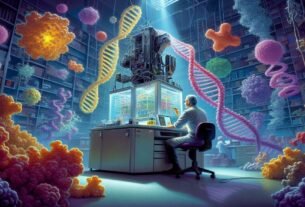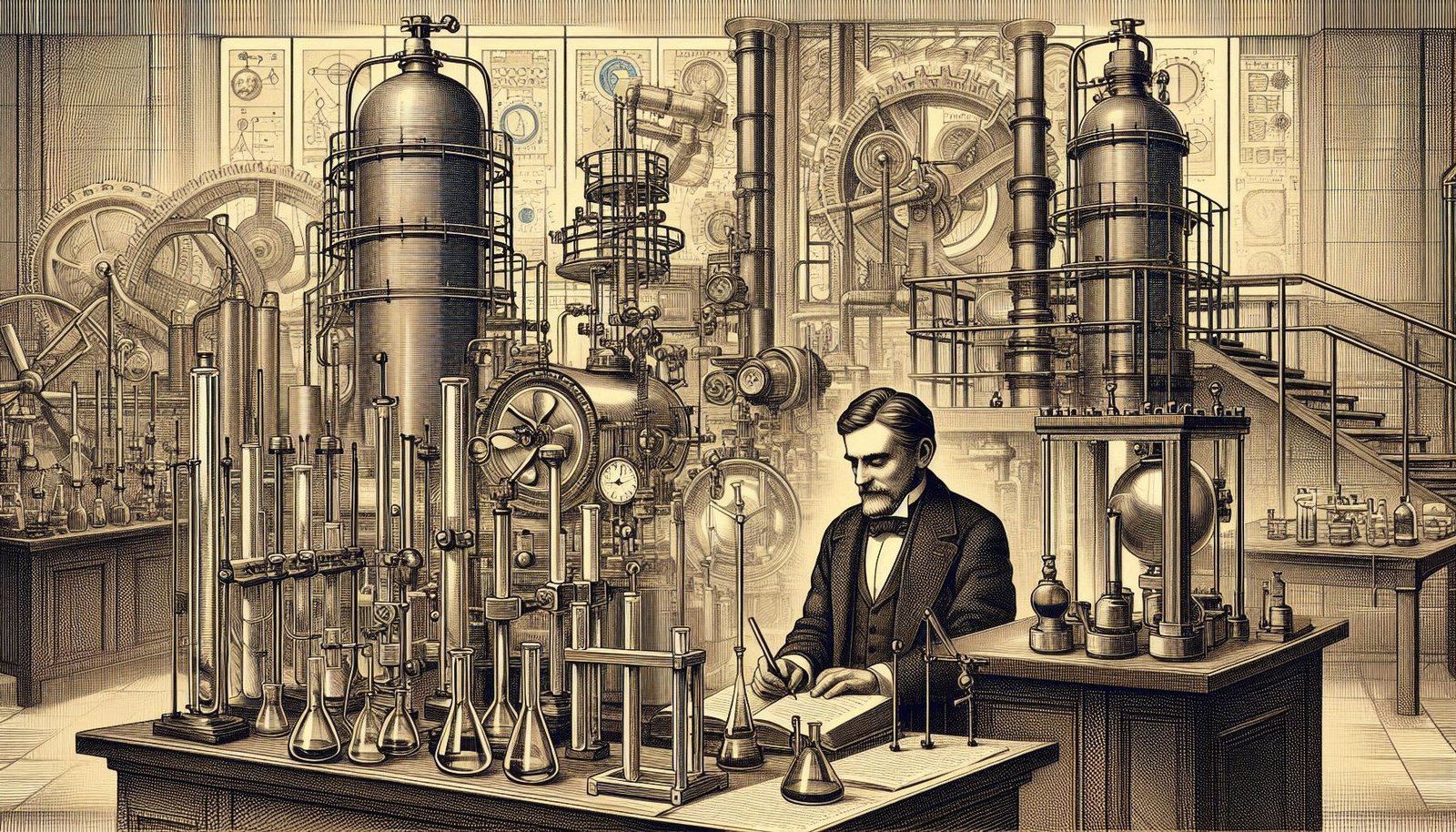Hello, dear science enthusiasts, tech lovers, and history buffs! 🌌
Today, I’m taking you on an in-depth journey through the Hanford Atomic Facilities in the U.S. during World War II and the plutonium production process that took place there. Grab your lab coats, your radioactive coffee, and let’s dive into a scientific adventure! ☕🧪💥
🏭 Hanford Facilities: The Birth of the Atomic Age
In 1943, as part of the Manhattan Project, the Hanford Site was established along the Columbia River in Washington State, becoming the heart of the U.S. nuclear weapons program. Why this location? Abundant water for reactor cooling, an isolated geography, and vast land—perfect for both practicality and security.
The site’s purpose: produce plutonium for use in atomic bombs. Hanford’s significance lay not only in its production capacity but also in being one of the most advanced examples of nuclear technology of its time.
🔬 Plutonium and the Basics of Nuclear Reactions
Plutonium (Pu-239) does not occur naturally; it is produced by bombarding uranium-238 with neutrons. The chemical and nuclear details are as follows:
Neutron Capture: 238U+n→239U{}^{238}U + n \rightarrow {}^{239}U238U+n→239U
Here, uranium-238 captures a neutron and becomes uranium-239.
Beta Decay: 239U→β−239Np→β−239Pu{}^{239}U \xrightarrow{\beta^-} {}^{239}Np \xrightarrow{\beta^-} {}^{239}Pu239Uβ−239Npβ−239Pu
Thus, uranium-239 undergoes a two-step beta decay to transform into plutonium-239.
This process is carefully controlled in reactors. At Hanford, graphite-moderated and water-cooled production reactors were used for this purpose.
⚙️ Hanford Reactors: Engineering and Technological Marvels
Hanford housed three main types of reactors: B, D, and F reactors, each capable of converting tons of uranium into plutonium daily. The reactor designs were so advanced that even today, nuclear engineers admire their complexity.
Key Reactor Features:
- Graphite Moderator: Slows neutrons to sustain the chain reaction.
- Water Cooling System: Prevents overheating of the reactor core.
- Long Fuel Rods: Uranium fuel arranged in long rods for more efficient and safer reactions.
The engineering and materials science involved were so sophisticated that workers needed expertise not only in physics but also in metallurgy, chemistry, and radiation safety.
🧪 Plutonium Separation: The Chemical Art
Fuel rods coming out of the reactor could not be used directly in bombs. They contained uranium, plutonium, and radioactive by-products. This is where the chemical separation process came in.
At Hanford, the bismuth phosphate process was used:
- Fuel rods were dissolved to produce a plutonium-containing solution.
- Chemical reactions separated plutonium from other radioactive elements.
- The result: pure Pu-239, the critical material for atomic bombs.
This process went far beyond simple lab experiments; it required huge tanks, pumps, and specialized radiation protection systems.
⚡ Science in War and Ethical Debates
The most dramatic aspect of Hanford was that the produced plutonium would be used in the Hiroshima and Nagasaki atomic bombs. Scientists were making an incredible discovery, but at the same time, they were creating one of the most destructive weapons in history.
This raises enduring questions in the scientific community: Should scientific knowledge always be used alongside ethics and humanity? Hanford provides a concrete and dramatic example of this dilemma. 😔
🦸♂️ People and Radiation: Superhero Labs
Hanford workers weren’t robots. They ate, drank coffee, and joked with each other. But due to the seriousness of their work:
- Rooms protected with lead panels,
- Long gloves, masks, and radiation detectors,
- Massive tanks and reactor safety systems
were essential. In a sense, they were real-life superheroes, operating in full lab coats with radiation detectors on a nuclear battlefield. 🦸♀️🦸♂️
🔍 Conclusion: Hanford’s History and Contribution to Science
The Hanford Atomic Facilities highlight both the potential and the dangers of nuclear technology. This site:
- Laid the foundations of modern nuclear engineering,
- Pushed the boundaries of chemistry and materials science,
- And dramatically demonstrated the ethical responsibilities of science on humanity.
Science is amazing and fascinating, but without intent and ethics, this power can be destructive. Hanford clearly shows this.
Dear readers, next time you perform experiments in a lab or peer through a microscope, remember the story of Hanford. Perhaps you, too, could become one of the peaceful science superheroes of the future! 🌟




